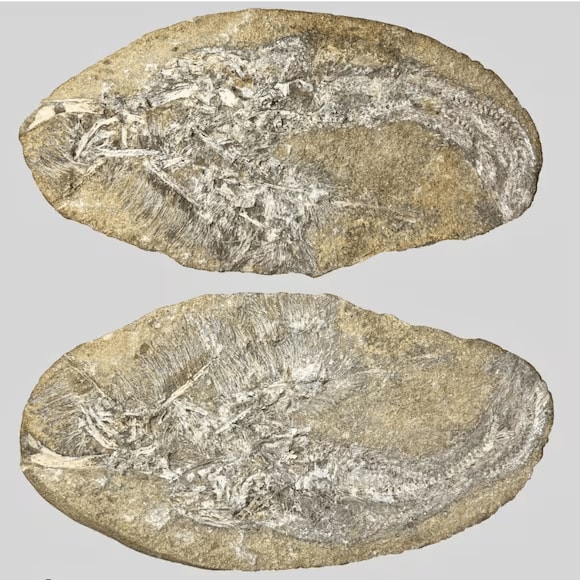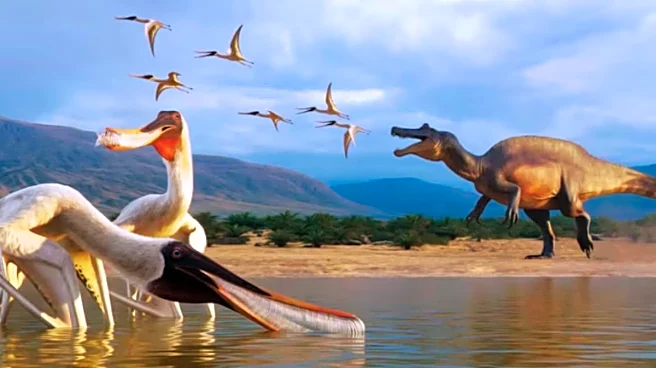Imagine a scientist discovering something new in your vomit 110 million years from now. That is precisely what happened when researchers identified a brand-new species of flying reptile inside fossilised
dinosaur vomit. The species has been named Bakiribu waridza — in the Kariri people’s language, Bakiribu means ‘comb-like mouth’.
The Kariri are Indigenous to the region in Brazil where the fossil was unearthed.
Scientists believe this extraordinary find will help unravel the evolutionary history of these ancient fliers. The name fits perfectly: this pterosaur possessed jaws lined with long, bristle-like teeth, likely used to filter tiny creatures from water, much like modern baleen whales.
A Strange Lump That Changed Everything
The discovery began when scientists found bones of two animals within a hard, concrete-like mass, along with the remains of four fish. On closer study, Brazilian palaeontologists realised the material was regurgitate — in simple terms, fossilised vomit.

Several of the pterosaur’s bones were broken, suggesting a predator had attempted to chew them. Researchers concluded that the predator likely swallowed the pterosaur first, followed by the fish, before vomiting part of the meal, possibly because the pterosaur’s comb-shaped jaws were difficult to digest.
The dinosaur responsible has not been confirmed, though the main suspect is a spinosaurid. These predators were not as terrifying as the Hollywood-style T. rex but were known to eat mainly fish, and occasionally pterosaurs.
A First For Brazil
This discovery is especially significant because Bakiribu waridza is the first known filter-feeding pterosaur from Brazil. Its unusual mix of traits provides valuable clues about the evolution of these remarkable flying reptiles.
The research has been documented in the journal Scientific Reports.













